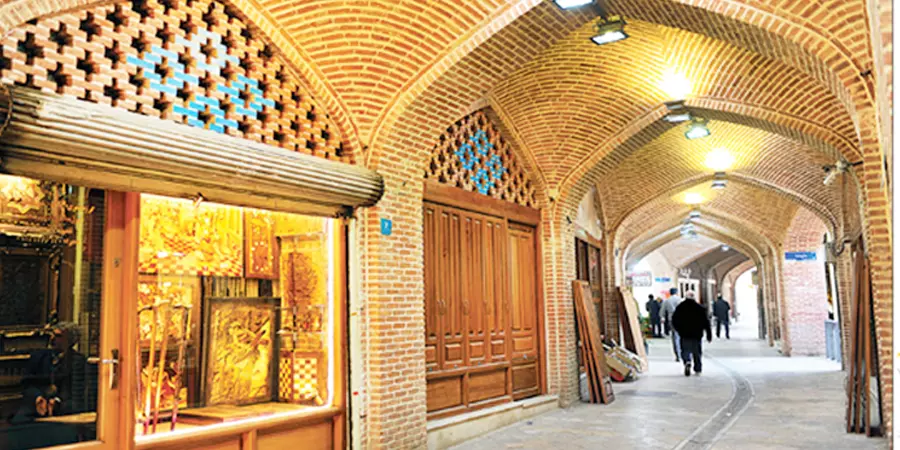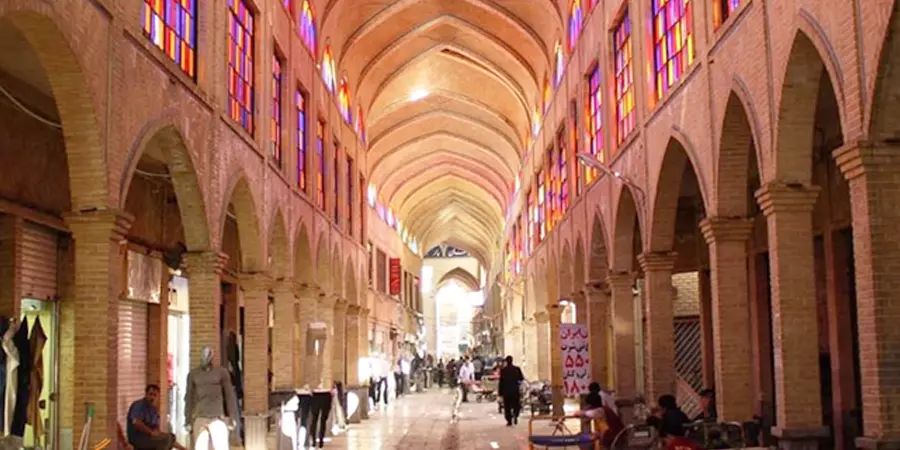The Tehran Grand Bazaar, located in the heart of Iran’s capital city, Tehran, is a captivating and historic marketplace that has been a vital center of commerce, culture, and social life for centuries. With a rich tapestry of traditions, bustling trade, and architectural marvels, Tehran grand bazaar, this labyrinthine maze of alleys and stalls embodies the essence of Iranian culture and serves as a symbol of the nation’s resilience and continuity.
Historical Background
Dating back over a millennium, the Tehran Grand Bazaar’s origins can be traced to the late 10th century, during the Seljuk era, although the bazaar expanded and flourished under later dynasties like the Safavids and Qajars. It was strategically positioned on ancient trade routes and became a vital hub for merchants traveling between Europe, Asia, and the Middle East.
Architecture and Layout
Covering an extensive area, the Grand Bazaar is a sprawling complex of interconnected streets, covered bazaars, and numerous courtyards. The architecture showcases a fusion of Islamic and Persian elements, featuring intricate tilework, vaulted ceilings, and beautifully designed domes that lend an enchanting aura to the bazaar. The labyrinthine structure can be overwhelming at first, but it is meticulously organized, with different sections dedicated to specific trades and crafts.

Commercial Hub
As one of the oldest and largest bazaars in the Middle East, the Tehran Grand Bazaar is a bustling commercial center, where a diverse array of goods is bought and sold. It offers an extensive range of products, including textiles, carpets, spices, ceramics, jewelry, antiques, and traditional Iranian handicrafts. Traders and artisans, many of whom have been working here for generations, add to the market’s authentic charm.
Cultural Crossroads
Beyond being a trading hub, the Grand Bazaar also serves as a cultural crossroads. It has always been a melting pot of ethnicities and nationalities, fostering exchanges between people from different backgrounds. As a result, it has significantly contributed to Iran’s cultural diversity and is a living testament to the country’s pluralism.
Social Center
The bazaar is not just a place of commerce but also a vibrant social center for Iranians. It provides a platform for social interaction, facilitating discussions on politics, culture, and daily life. The traditional teahouses in the bazaar are popular spots where people gather, converse, and enjoy a cup of tea or coffee.
Timeless Traditions
Throughout its history, Tehran Grand Bazaar has maintained various traditional customs. The system of guilds, for instance, organizes merchants into specialized groups based on their crafts, ensuring fair competition and quality standards. These guilds have preserved Iran’s ancient artisanal techniques, passing them down through generations.
Changing Times
While the Grand Bazaar has retained its timeless appeal, it has also witnessed significant transformations in recent decades. Urbanization, modernization, and changes in consumer preferences have impacted traditional trade patterns. However, the bazaar’s spirit has persevered, adapting to contemporary demands while preserving its cultural heritage.
Political and Historical Significance
Apart from its commercial and cultural roles, the Tehran Grand Bazaar has played an essential role in shaping Iran’s political landscape. It has been a hotspot for political gatherings and demonstrations, serving as a platform for expressing dissent and advocating change. Its merchants have occasionally participated in important political movements, making their voices heard.
Tourist Attraction
The Tehran Grand Bazaar is a major tourist attraction especially in tehran tour, drawing visitors from across the globe. Tourists are captivated by the bazaar’s vibrant atmosphere, unique products, and the chance to immerse themselves in Iranian culture. Exploring the winding alleys, haggling with shopkeepers, and witnessing the craftsmanship of skilled artisans is an unforgettable experience.
Preservation Efforts
To safeguard this national treasure, various preservation efforts have been made. The Iranian government, with support from UNESCO, has implemented projects to protect and restore the bazaar’s historic structures, ensuring its continued existence for future generations to appreciate and enjoy.

Conclusion
The Tehran Grand Bazaar stands as an enduring symbol of Iran’s rich history, vibrant culture, and unwavering spirit. From its origins in the distant past to its relevance in the present day, this bustling marketplace is more than just a shopping destination; it is a living testament to the resilience, creativity, and collective memory of the Iranian people. As it continues to evolve and adapt, the Grand Bazaar will undoubtedly remain a cherished icon of Iran’s identity and heritage.
We hope that you enjoyed reading the article about Tehran Grand Bazaar and found it useful. You can contact us through the numbers on the website to get more information about buying a tour.




No comment